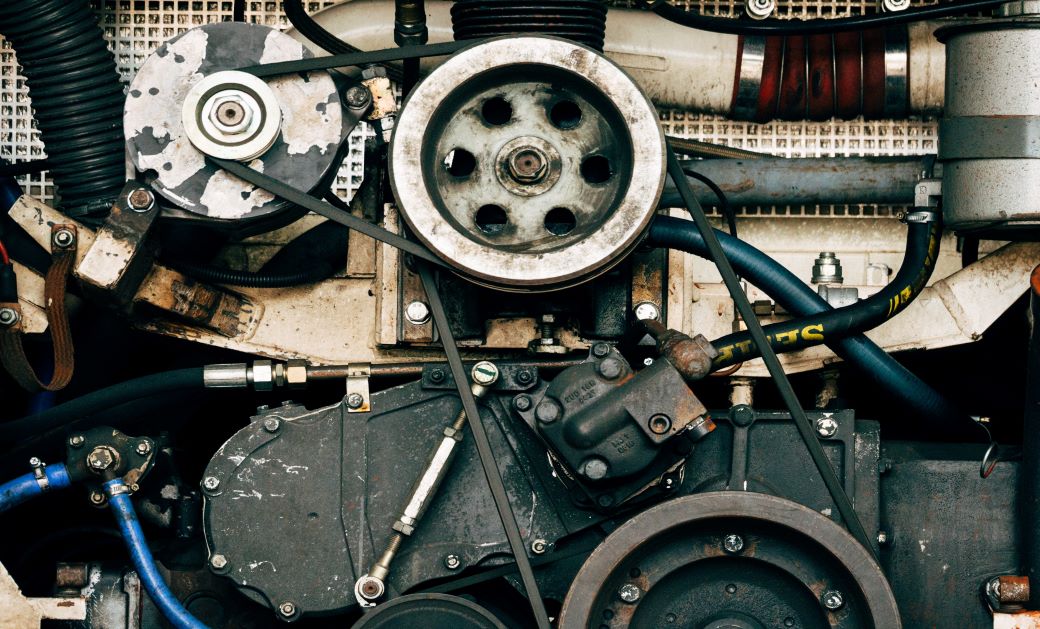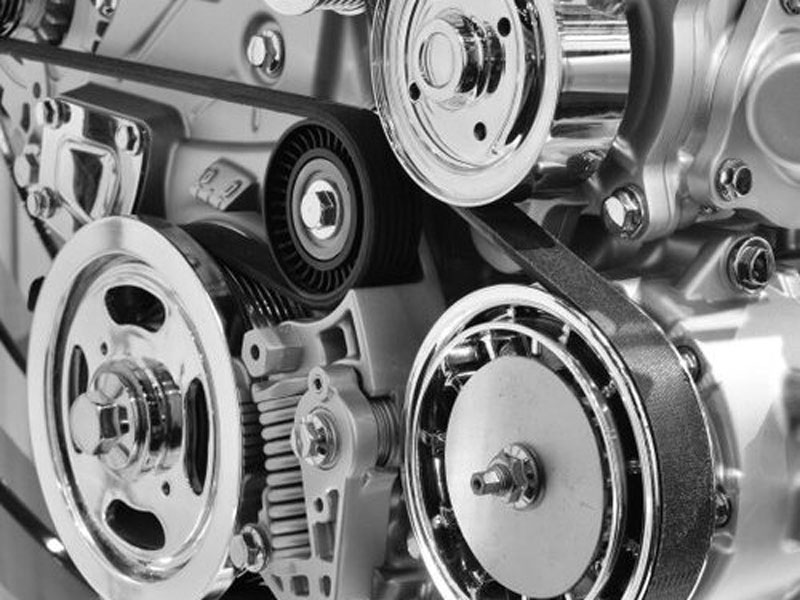Essential Considerations for Ensuring High Quality and Durability being used Engines
When considering the purchase of an utilized engine, guaranteeing its top quality and long life calls for a diverse technique. Upkeep background is a crucial factor, as it provides insight into the engine's previous treatment and prospective future reliability. Past paperwork, an in-depth examination of physical parts-- such as belts, hose pipes, and seals-- can expose concealed concerns. Efficiency testing is also essential, offering a photo of the engine's functional effectiveness. Comprehending the nuances of these assessments and their ramifications can be intricate. What are the key techniques that can be used to navigate this complex examination procedure successfully?
Engine Background Examination
In the realm of used engines, a detailed engine history examination is extremely important to making certain high quality and integrity. Recognizing an engine's past can provide vital insights into its efficiency abilities and possible future longevity.
In addition, assessing any history of repair work or replacements is crucial. Engines that have actually gone through considerable repair services might have underlying concerns that can resurface. Recognizing the context of such repair services, whether due to making problems or proprietor carelessness, is crucial in creating a thorough assessment. Taking a look at the engine's mileage can serve as an indicator of wear and tear. Reduced mileage engines are typically preferred, yet it is likewise crucial to think about exactly how those miles were collected. An engine used primarily for long-distance highway driving might be in better problem than one subjected to regular stop-and-go city web traffic.
Essentially, an extensive investigation right into an engine's history is necessary for making enlightened getting decisions. used engines for sale.
Comprehensive Assessment Guide
While recognizing an engine's history provides useful context, a comprehensive assessment is the next action to ensure its existing condition aligns with historical information. The evaluation should begin with a visual analysis, inspecting for signs of leakages, corrosion, and unusual wear. Evaluate the exterior for oil stains or coolant marks, which may suggest underlying issues.
Following, review the engine's mounting system for any kind of loosened screws or abnormalities that could influence efficiency. Pay very close attention to the condition of belts and tubes, as these elements are important for ideal engine performance. Examine for fractures, fraying, or any type of indicators of damage.

Recognizing Wear and Tear
Recognizing indications of wear and tear is vital for analyzing a used engine's long life and integrity. It entails a precise exam of numerous engine components to establish their current state and potential future efficiency.
Another essential element is evaluating the engine's seals and gaskets. These components are vital for maintaining appropriate stress and stopping liquid leakages. Proof of oil leakages or worn gaskets usually suggests degeneration, possibly causing much more severe concerns if not addressed without delay. Additionally, irregular sounds during engine operation, such as knocking or ticking sounds, might show internal damage or extreme endure relocating parts like pistons or bearings.
The condition of useful source belts and pipes is equally crucial, as they play a vital function in the engine's overall function. Cracked or frayed belts and brittle pipes are indicators old that can result in engine failure if ignored. Taking a look at the oil problem and filter can supply insights into previous maintenance techniques, as filthy oil or clogged filters suggest overlook and sped up wear.
Performance Testing Fundamentals
Assessing the wear and tear of engine parts establishes the phase for an extensive assessment with efficiency testing. Performance testing serves as a vital measure in figuring out the operational honesty of a used engine.
Making use of dynamometers is a typical approach in performance screening. These devices gauge the engine's output across numerous conditions, using a comprehensive profile of its performance. In addition, on-road testing matches dynamometer analyses by observing engine behavior under typical driving scenarios, guaranteeing it fulfills the needed requirements for both safety and effectiveness.
These devices assess engine management systems, identifying faults in electronic components that could affect performance. Comprehensive testing not just validates the engine's functional standing yet additionally help in projecting future upkeep needs.
Maintenance and Care Tips
Proper maintenance and treatment are crucial to extending the lifespan of an utilized engine and ensuring its consistent efficiency. Normal oil adjustments are critical; using the manufacturer's recommended oil kind and grade can avoid excessive wear and tear. In addition, oil filters need to be changed simultaneously to maintain optimum lubrication and tidiness within the engine.
Checking liquid levels, consisting of coolant, transmission fluid, and brake liquid, is essential. Ensuring these liquids are at appropriate levels assists prevent getting too hot and various other mechanical issues. Evaluating belts and hoses for indicators of wear, such as fractures or fraying, can avert prospective failures that may bring about pricey repair services.
Routine inspection of the air filter is also required, as a tidy filter makes sure efficient air movement and combustion, thus enhancing engine performance. Spark plugs must be checked and changed when needed to keep effective gas combustion and protect against engine misfires.
Finally, regular analysis checks using expert devices can identify potential problems content before they become substantial issues. By sticking to these maintenance and treatment ideas, made use of engine proprietors can ensure their engines remain dependable, effective, and efficient in performing well over an extended duration.
Final Thought
